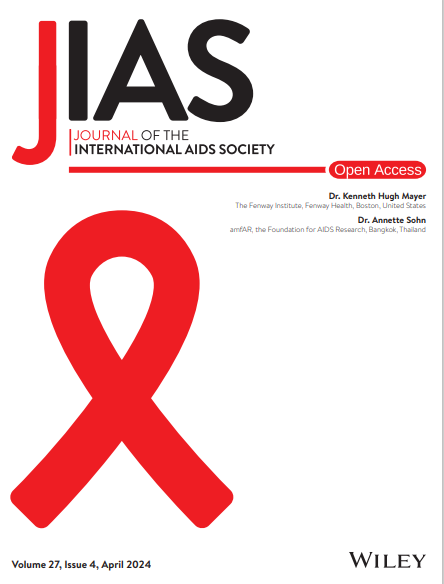Laser hair removal to antiretrovirals: findings from a person-centred care model for transgender people in India
Abstract
Introduction
Transgender women (TGW) in India continue to bear disproportionate HIV burden and face persistent social, legal and structural barriers to receive gender-affirming care.
Methods
Since 2021, we established three “Mitr” (meaning: friend) clinics in Hyderabad, Pune and Thane, India, for transgender people with staffing primarily from the community. Mitr clinics provide free HIV testing and pre-exposure prophylaxis (PrEP) on site with linkage to government antiretroviral therapy (ART) centres. They also provide free consultation for gender-affirming hormone therapy (GAHT), subsidized laser hair removal and legal assistance. Client service utilization data were analysed using summary statistics to evaluate uptake of HIV and gender-affirming services; correlates of HIV testing were examined using logistic regression. Semi-structured interviews conducted at one site were used to understand barriers/facilitators of HIV testing.
Results
A total of 5223 unique clients registered between March 2021 and September 2024; median age was 26 years. Most (86%) self-identified as TGW, and 35% reported transactional sex. Most clients (70%) had not previously accessed public sector HIV services. The majority (75%) accessed Mitr clinics for gender-affirming care, including laser hair removal (53%), GAHT consultations (34%) and surgical referral (26%). Over half (62%) of clients eligible for HIV testing underwent screening, of whom 6% were newly diagnosed. Accessing Mitr clinics for gender-affirming surgical services was significantly associated with HIV testing receipt (aOR: 1.51; 95% CI: 1.02, 2.25). Services provided by staff from the community were a prominent facilitator for HIV testing, while stigma and disclosure concerns were notable barriers. Among 585 clients interested in and eligible for PrEP, 576 (98%) initiated PrEP, and 378 (66%) were PrEP persistent at 3 months. Of 454 clients with HIV (newly diagnosed or previously known), 392 (86%) initiated ART. As of 30 September 2024, 233 (59%) were still receiving Mitr clinic services and retained in HIV care; viral suppression was 98% among the 156 clients with data.
Conclusions
The Mitr model highlights the importance of aligning programme and community priorities. The provision of gender-affirming care attracted many clients who might not otherwise have accessed HIV services; indeed, laser hair removal served as the key entry point to HIV testing, PrEP and ART.


 求助内容:
求助内容: 应助结果提醒方式:
应助结果提醒方式:


